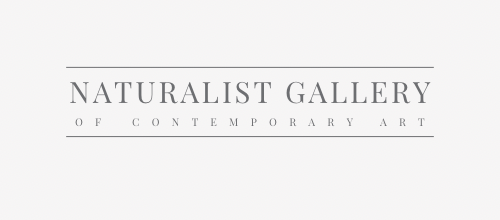Art collage is a creative process of assembling various materials, such as paper, photographs, and found objects, onto a chosen surface. It involves cutting, arranging, and gluing to create visually striking compositions that convey personal expression and artistic vision.
In this comprehensive guide, we will explore the world of collage, including its definition, historical significance, different types, and practical tips to help you create your own collages.

I. Understanding Collage: Collage is the art of selecting materials, cutting them into desired shapes, arranging them, and affixing them onto a chosen surface. The term "collage" comes from the French word "coller," meaning "to glue." Collage does not require extensive technical skills but focuses on the artistic process of choosing, arranging, and gluing materials.
II. Historical Significance: Collage has a rich history shaped by influential artists. In the early 20th century, pioneers like Georges Braque and Pablo Picasso, known for their contributions to Cubism, played a significant role in the development of collage. They experimented with materials like printed oilcloth and newspaper cut-outs, pasting them onto surfaces to explore multiple dimensions and object fragmentation. 
Picasso's "Still Life with Chair Caning" (1912) is a notable example of early collage. Other artists, such as Kurt Schwitters, expanded collage into three-dimensional space through assemblage, inspired by Surrealist concepts.
III. Exploring Types of Collage: Collage encompasses various techniques and styles. Here are four distinct types:
A. Papier Collé: This technique uses paper as the primary material. Artists like Picasso and Braque incorporated newspaper clippings, blurring the line between high art and everyday culture.
B. Assemblage: Assemblage involves arranging found objects in three-dimensional compositions. Artists like Schwitters created non-hierarchical and nonsensical arrangements, extending the tradition of still life painting.
C. Décollage: Décollage entails tearing away layers of built-up advertisement posters to reveal hidden images and words beneath. It gained prominence during the nouveau réalisme movement in 1960.
D. Montage/Photomontage: Montage and photomontage involve assembling related images or photographs to create composite compositions. Artists manipulate mass media images to convey social commentary or alter their original meaning.
IV. Contemporary Collage Artists: Collage remains a dynamic art form in
contemporary times.
Allan Bealy, Rebus
Benjamin West, Untitled Flower Project 3
Their works showcase the diverse possibilities and evolution of collage.
V. Practical Tips for Creating Collage To start your own collage-making journey, consider the following practical tips:
A. Sourcing Materials: Look for collage materials in thrift shops, flea markets, and online platforms, and consider the significance of nostalgia in material selection.
B. Matching Textures: Achieve a cohesive composition by matching textures within your collage.
C. Cutting Techniques: Explore different cutting tools and techniques, such as scissors and exacto knives, for precise cutting.
D. Composition and Balance: Create balanced compositions using the rule of thirds and engage viewers with intentional placement of elements.
E. Color and Shape Consistency: Utilize repeating colors and forms to create visual harmony and coherence.
F. Gluing Techniques: Understand different adhesive options, such as spray adhesive, acrylic gel, and PVA glue, and select the appropriate one based on materials and archival considerations.
G. Support and Finishing: Choose suitable support materials, such as mountboard or heavyweight watercolor paper, and consider proper sealing or varnishing to protect and enhance the longevity of your artwork.

Explore our curated selection of contemporary artists from around the globe, including collage artist Allan Bealy.
Naturalist Gallery offers artist representation internationally. Apply your art.
Collage offers endless possibilities for creativity and self-expression. By understanding its history, exploring techniques, and applying practical tips, you can embark on a fulfilling journey of creating your own collages. The world of collage is yours to explore and redefine, whether you draw inspiration from past pioneers or seek to push the boundaries of contemporary collage.

You may also find the following articles helpful:
How to Sell Art Online and Make Money
Open Calls: Maximizing Art Opportunities
Types of Art Exhibitions: A Comprehensive Guide
Mastering the Art of Naming: Strategies for Creating Art Titles
Art Prints vs. Original Paintings: A Guide for Artists and Art Buyers



